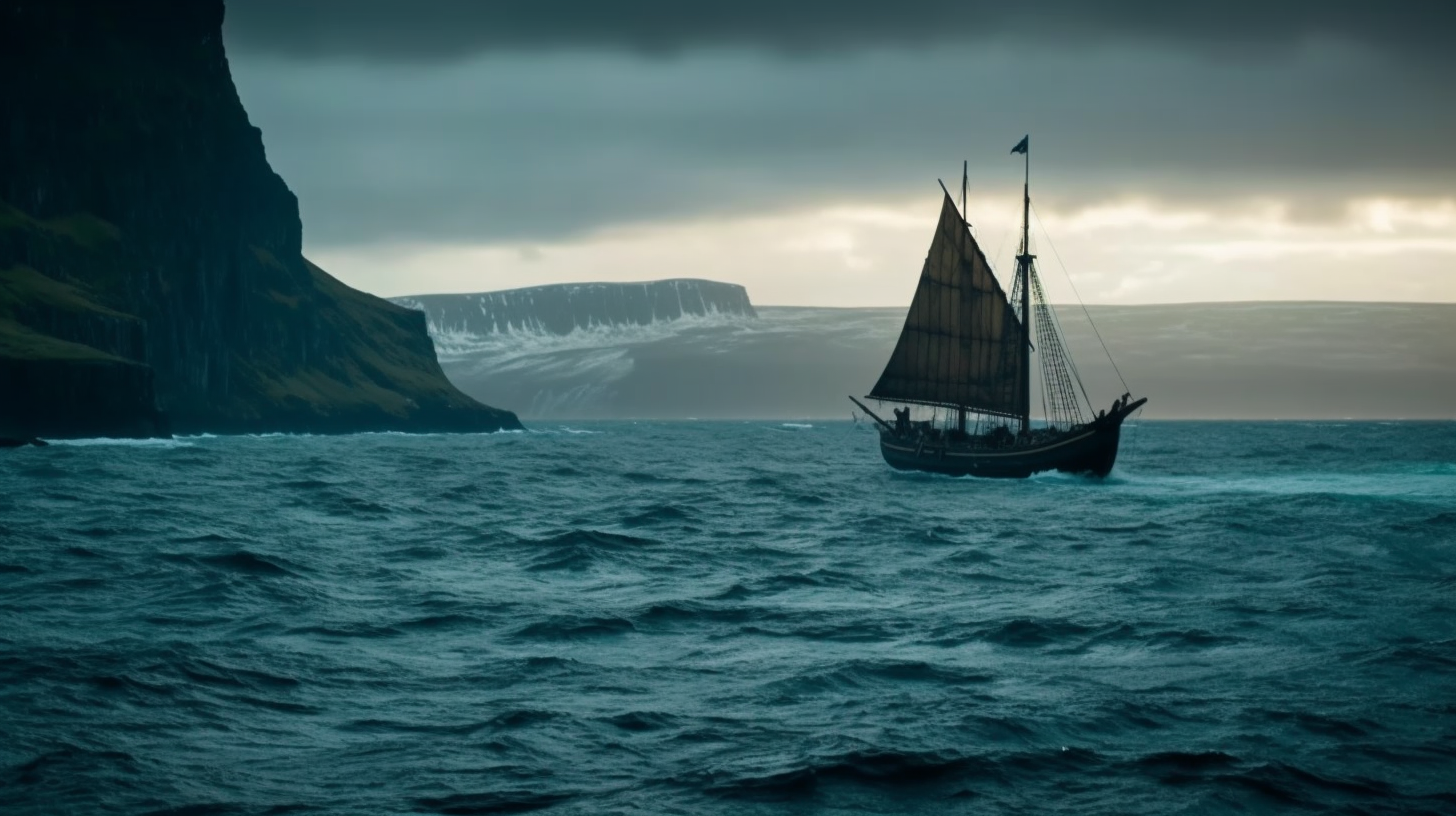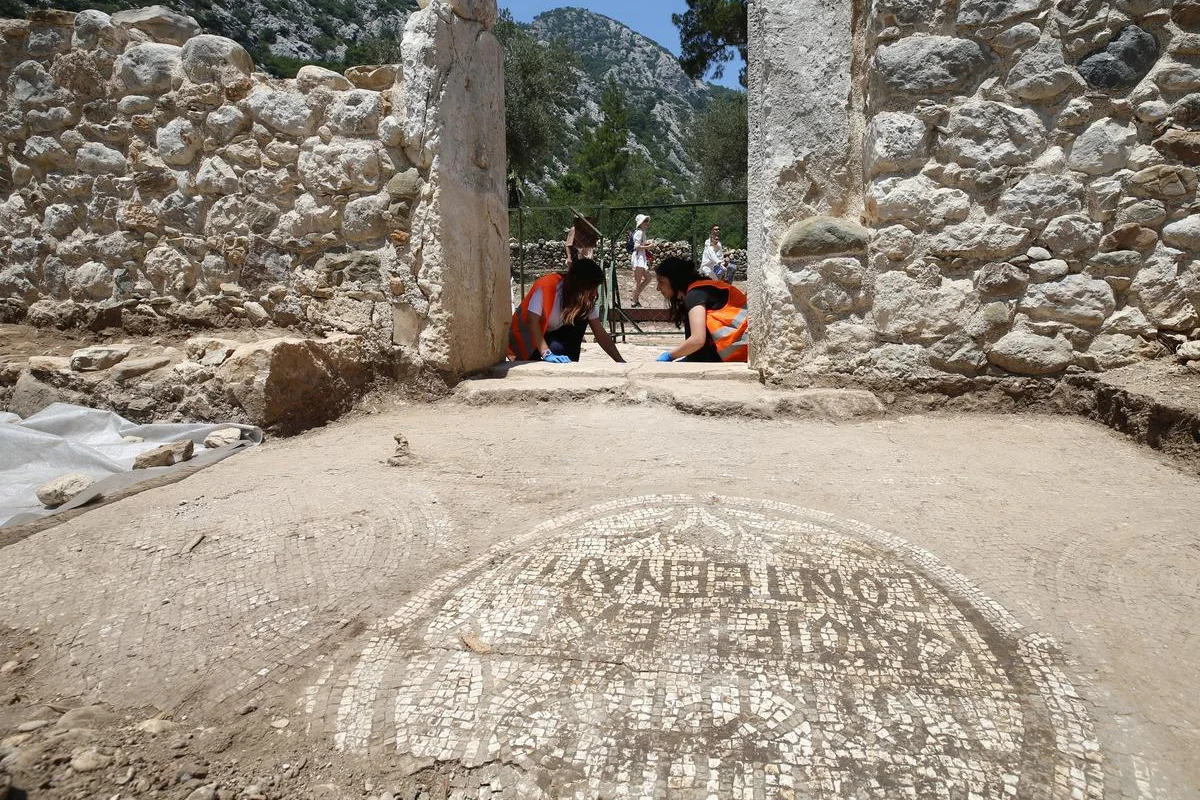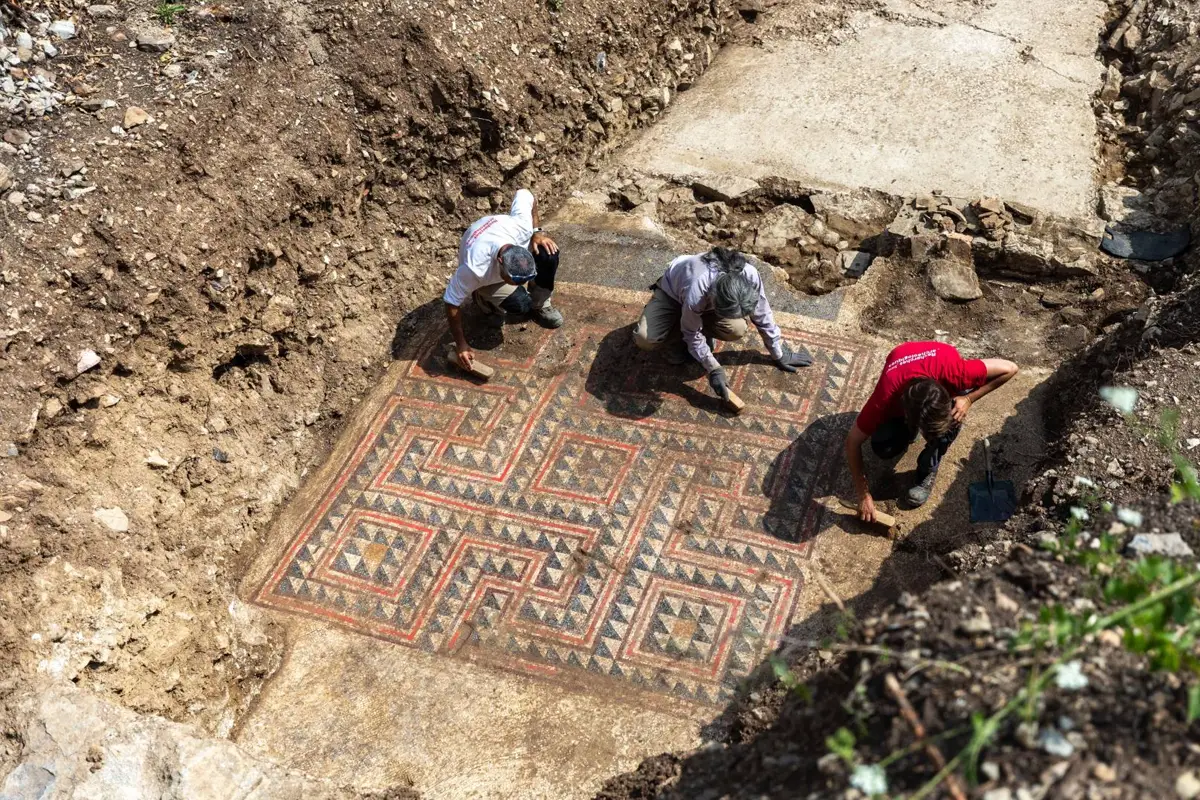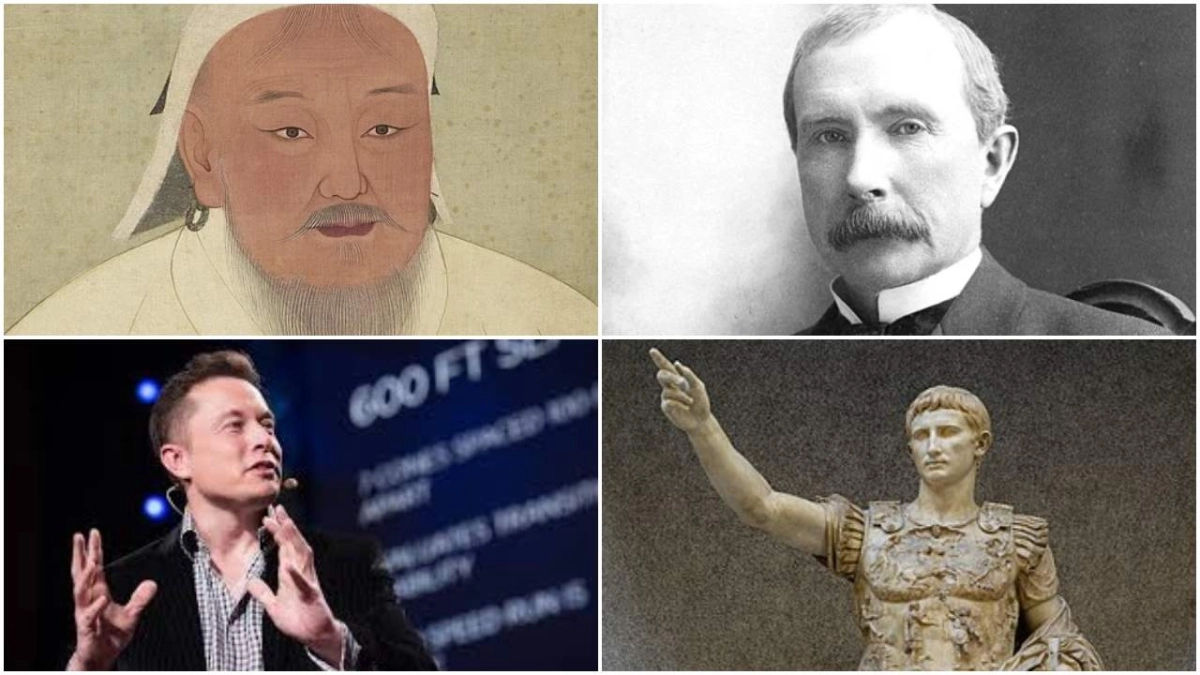There is currently no conclusive evidence that the ancient Greeks reached Iceland before the Vikings. While there are some interesting similarities between certain aspects of Greek and Icelandic cultures, such as the use of similar symbolism and mythological figures, the archaeological and historical evidence linking the two remains scant.
The idea that the ancient Greeks may have reached Iceland before the Vikings is a relatively recent and controversial theory put forward by a few scholars. However, it is not widely accepted in the academic community, and many archaeologists and historians remain skeptical.
There is certainly evidence that the Vikings were the first Europeans to establish a permanent settlement in Iceland, which they did in the late 9th century AD. They called the island "Ísland," which means "land of ice," and went on to create a unique culture that blended Norse, Celtic, and other influences.
The Slendingabók (The Book of the Icelanders), which was composed around 1130, is the oldest known written work.
Landnámabók is another intriguing source from the 12th century (The Book of Settlements).
According to the Icelandic Book of Settlements the island's first permanent resident was a Norwegian named Ingólfr Arnarson, who arrived there in 874.
At a place called Reykjavk, he constructed a house for himself and his wife, Hallveig Fródadóttir.
He was a farmer when more than 400 settlers arrived in Iceland to claim a portion of the land, bringing with them their family, servants, and enslaved people.
Although some arrived from other Nordic nations and the Norse Viking Age settlements in the British Isles, the majority of the inhabitants came from Norway.
The idea that ancient Greeks arrived in Iceland before the Vikings and Norse people has drawn the attention of more and more academics.
This notion is based on the writings of Pytheas of Massilia (350–285 B.C. ), who wrote about his expedition to the Arctic and mentioned a strange land in the north that is now known as Thule.
Greek adventurer, geographer, and astronomer Pytheas is today regarded as the first scientist to have explored and written about the Arctic, polar ice, and Celtic and Germanic people.
In addition to being an excellent astronomer, Pytheas was the first to describe the Midnight Sun to the world.
The stories of Pytheas were rejected for generations, but the concept of Thule sparked the curiosity of those who yearned to know more about this enigmatic region in the North.
"Since classical times, Thule marked the imaginative horizon of the unknown North, first described by Pytheas of Massalia, who in the third century B.C. reported on a strange place far north ('six days sail north of Orcades') where the sun would never set in the summer and where the ocean was solid frozen. Nobody knows for sure how far north Pytheas went himself and how much he relied on secondary knowledge in his own (lost) descriptions of this place."
Pytheas claimed that people he named the Hyperboreans lived in Thule.
He added that they reside on an island in Britain's north.
It is a location that is "beyond the north wind."
The Hyperboreans were praised by later Greek and Roman writers like Herodotus, Pindar, and Pliny for living pleasant lives and being free from disease.
Thule's exact location is still a mystery.
According to Andrew Breeze, an epigrapher at the University of Navarra, the renowned Thule was actually Iceland based on a new linguistic explanation of the Greek word.
"While the name Thule has no meaning in Greek, Breeze suggests that it could be a scribal error for the original name Thymele, which means "altar" in ancient Greek. This name could perfectly fit the southern coast of Iceland."
Breeze claims that if we imagine what Pytheas thought when he first saw Iceland, we can find solutions to the enigma.
Breeze describes his theory in an article for The Housman Society Journal, saying that "the dark volcanic cliffs of the south coast (above beaches of black sand) would have an altar's slab-like appearance; and the resemblance would be the more significant if mist and clouds rising from the island (to say nothing of plumes from its volcanoes, several of which are in its southern part) reminded Pytheas of an altar's reeking sacrifices."
No surprise if he referred to the island as "altar, the altar" or "thymele."
Regrettably, his scribes failed to understand his wonder (and possibly awe) at discovering a new continent.
Hence, it would appear that Thymele to Thoule, Thyle, and Thule were corrupted over a period of three centuries."
"According to Breeze, the idea of Iceland as a massive altar meshes nicely with what is known about ancient Greek altars.
Numerous of these altars were extraordinarily huge; one is supposed to have been 600 feet long and stood 40 feet tall at Syracuse."
Breeze contends "Iceland was without a doubt the location Pytheas discovered, a remarkable accomplishment.
Other applicants may be rejected.
Because of its likeness to a temple's sacrificial altar, he gave it the name "Thymele altar (island)".
It is possible to reject the inaccurate and meaningless "Thule" as the result of scribal corruption.
There is no justification for it, any more than there is for "Boadicea," a queen who was appropriately referred to as "the victorious one, she who is successful," in Tacitus.
Yet, anyone who is familiar with academic culture may be certain that, just as we continue to hear about "Boadica," so too will we continue to hear about "Thule" for years to come.
It will be one of the countless scribal monsters that taint copies of classical texts, ancient world histories, and encyclopedias produced by renowned universities.
While the theory of ancient Greek exploration of Iceland is an intriguing idea, it remains a subject of debate among scholars, and more evidence would be needed to confirm it definitively.











